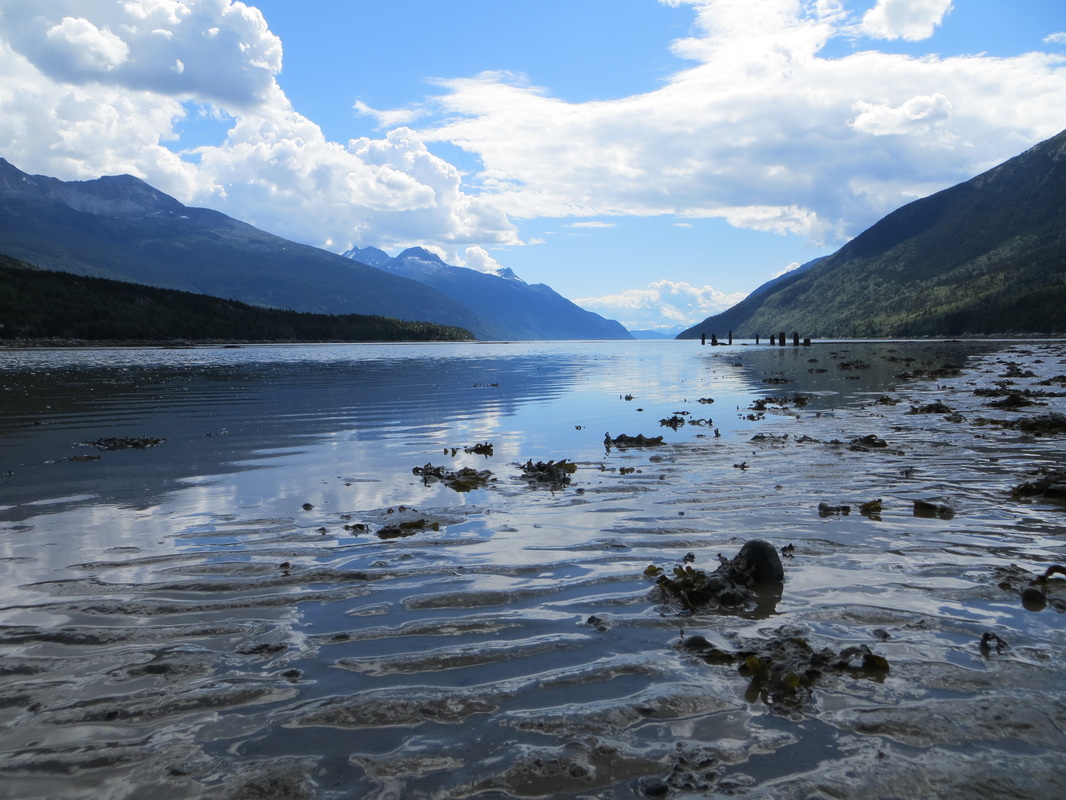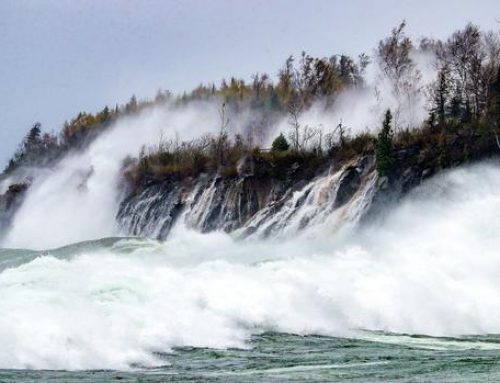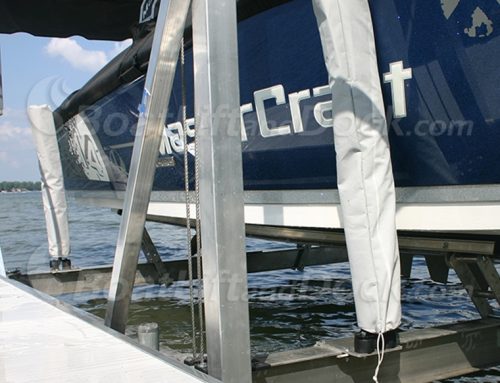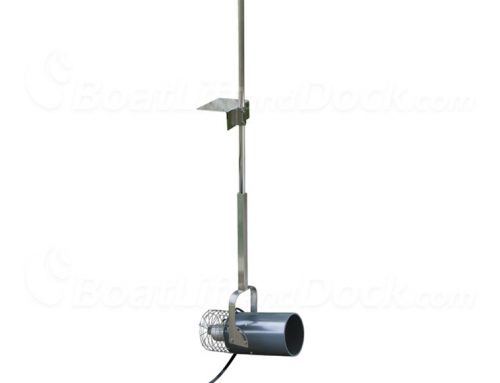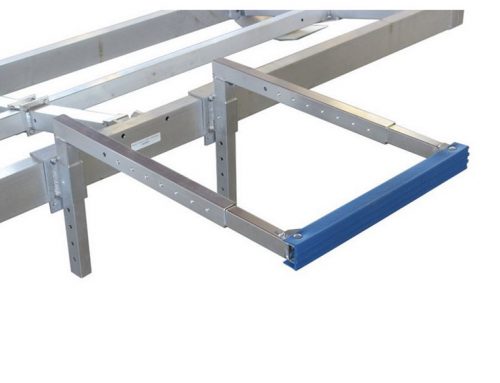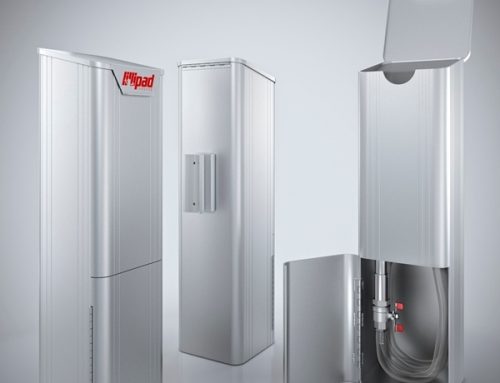Tidal fluctuations are a part of life for anyone that lives near the ocean. Whether you are directly on the beach or far inland along an inlet or basin, tidal fluctuations are something you will deal with every day. With changes in sea level come changes to what type of lakefront equipment you can use in specific situations. Each day the tide will hit a high point during the night and a low point during the day. If your boat or dock is in such an area and cannot rise above the max height of the tide, you may wake up one morning to find that your boat has floated off its lift or your dock does not reach out far enough during low tide to reach the waters edge. While extreme tidal fluctuations of more than 3 feet a day can make it difficult to find any freestanding boat lifts to work in such a situation there are other options, anything less than 3 ft can be worked around to get you some kind of floating dock and freestanding lift combination.
The best dock system for an area experiencing significant tidal changes would be a floating dock so your equipment can rise and fall with the surrounding sea water. Floating docks are used on inland lakes where the lake levels fluctuate highly from the spring rains to the summer droughts and work well on tidal systems as well assuming the tides are less than 3 feet a day. With heavy duty aluminium .208 post driven deep into the sea floor using auger tips, these dock systems attach with brackets around the posts that allow them to move up and down freely as the water recedes and comes back. ShoreMaster offers a Polydock option which has worked extremely well in these situations and they also design a matching “shore port” to safely park your jet ski on, eliminating the need for a small freestanding PWC (personal watercraft) lift.
Putting a lift into a tidal basin requires getting the correct system exactly right for your specific situation. In average inland lakes a freestanding lift is the best choice due to the ability to move the lift where you need it, customize the lift, and get your boat all the way out of the water. However, in a tidal basin to use a standard freestanding lift your max daily water level change should not be more than 3 feet. Once you exceed this many freestanding lifts do not have enough vertical travel capacity to keep the boat high enough above the water so it doesn’t float away in the night. It should be noted that the minimum water depth for a freestanding lift in most situations should be 18-24″ and a max water depth of 4-5 ft. It should be noted that if you have deep water but your tidal change is still 3 ft or less then you can use a “deep water” freestanding lift which is built for standing in excess water and can still provide you all of the benefits of a freestanding while functioning in the deep water setting of up too 6-8 total feet of permanent standing water at high tide. Deep water lifts do require a minimum of 3-5ft of water to start with.
Once you exceed either the max water depth or have tidal changes that exceed 3ft then you are going to have to deploy a different type of system. This situation requires a permanent pile mount lift and dock be created out of wood pilings driven deep into the seafloor and a dock and slip built with it. Once the slip is created, for example, you can use a Magnum 10,000 lb lift that is mounted to the wood pilings and brings your boat up and down using a electronic drive motor system that can give you up too 9 ft of travel. This is enough to deal with almost any tidal change anywhere.
Drive On Blocks are the final option you can use for high and low tides. This system is effective for both small and large water crafts. You create a floating block pad that sits right on top of the water, moving up and down independently with the surface levels. You must have enough blocks to support the design and weight of your boat but once installed are an ingenious fix to the problem of high tides. The blocks can be built inside a slip or have metal posts driven into the seabed at all four corners and then tied off. This ensures your boat is safely out of the water no mater how the situation changes in the tidal basin.
It is also good to be aware of the effects of salt and brackish water on specific types of materials in and around the water. Salt water can eat away and corrode galvanized steel so it is very important that the lift or dock parts are made from aluminum or stainless steel to prevent nature from destroying your equipment.
Whatever you choose to go with it is best to do plenty of research on your property and the water levels in years past in that area. Once you have become familiar with the seasonal and tidal changes in your area you can better ascertain the best boat lift and dock system for your needs.
Photo Credit to MeSee Blog

